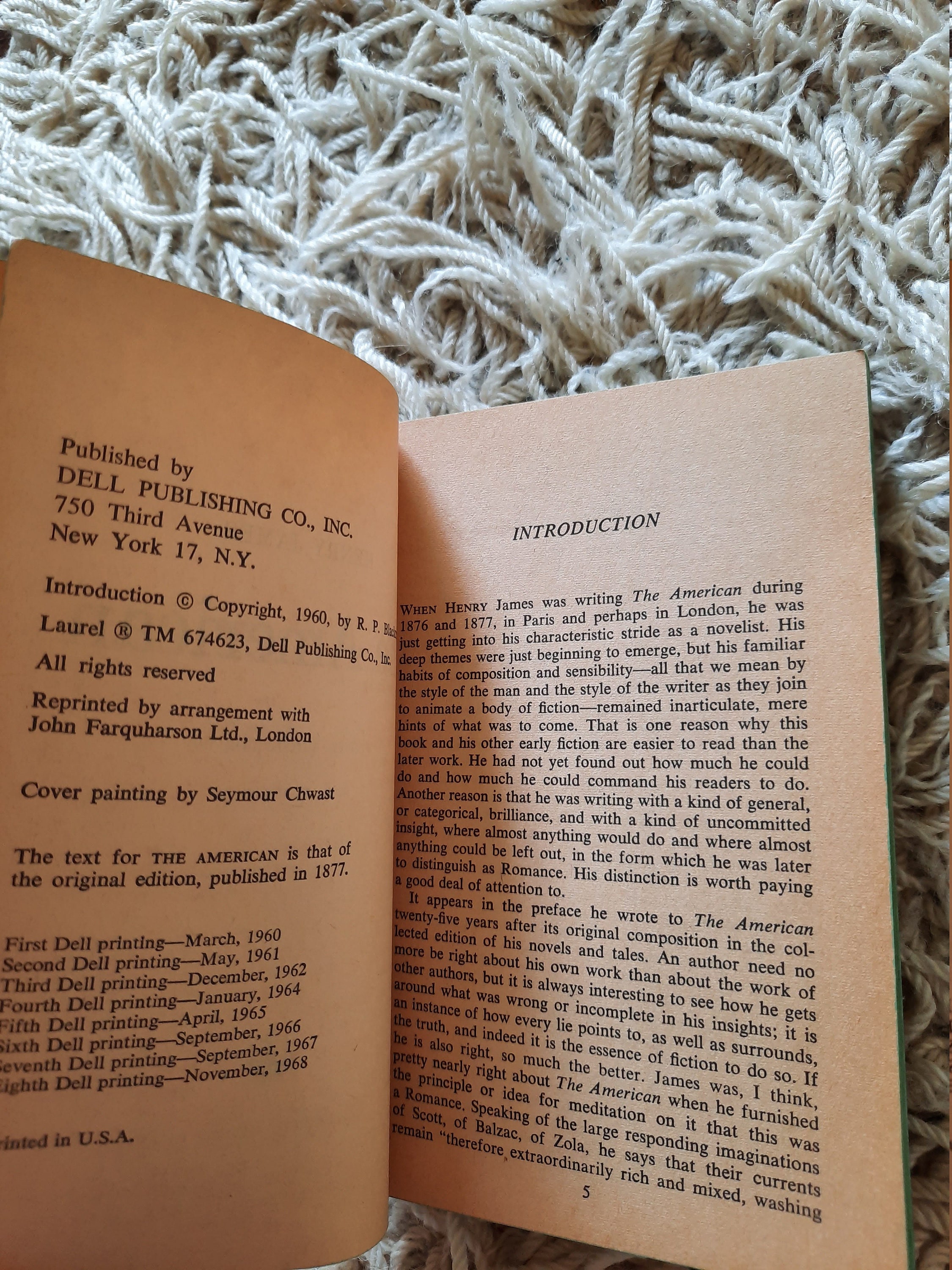

“You get it broadside on, this loose nosegay of architectural flowers, if you skirt the Battery, well out, and embrace the whole plantation,” James writes. Another spot offers an even more profound impression.

“Standing up to the view, from the water, like extravagant pins in a cushion already overplanted,” they seem “stuck in as in the dark, anywhere and anyhow.” This is the view from the Hudson River near Twenty-Third Street. Yet it is the new skyscrapers of downtown Manhattan that command James’s attention and his scorn.

Riding on a “train-bearing barge,” a boat, rendered obsolete only a few years later by the construction of tunnels under the Hudson River to the new Pennsylvania Station, which allowed railroad passengers to arrive on the island of Manhattan from New Jersey without ever leaving their seats, James beheld “the happily-excited and amused view of the great face of New York.” It evoked in him the sensation of “dauntless power.” James calls New York as “the most extravagant of cities,” with a bay to rival those of other great port cities around the world despite its possessing “no one item of the romantic, or even of the picturesque.” He complains of the bay’s low-lying shores, “depressingly furnished and prosaically peopled.” Early in The American Scene, his 1907 travelogue about revisiting the United States after an absence of many years, Henry James describes his “state of mind” on a spring day as he approached New York City from the west.


 0 kommentar(er)
0 kommentar(er)
